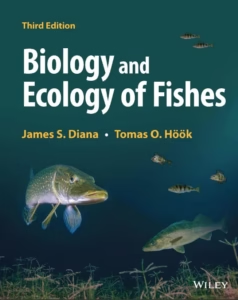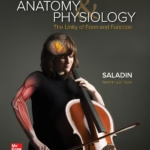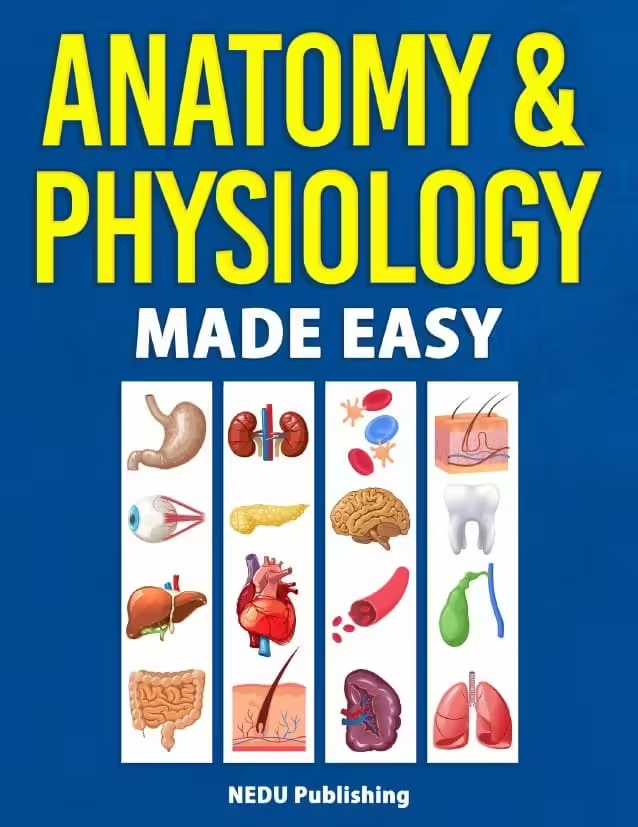 Free download Biology and Ecology of Fishes (3rd edition) by James S. Diana & Tomas O. Höök in pdf.
Free download Biology and Ecology of Fishes (3rd edition) by James S. Diana & Tomas O. Höök in pdf.
The study of fish ecology has historically followed two distinct approaches: one focused on the anatomy, physiology, and theoretical ecology of fish, and the other centered on fish populations, management, and habitats.
Over time, many researchers have recognized this division as artificial, leading to the development of a more integrated approach that combines both perspectives.
Representing this holistic study in introductory textbooks has never been more essential for preparing the next generation of fish biologists and fishery scientists.
Biology and Ecology of Fishes addresses this need by presenting a comprehensive textbook that merges biological concepts with population management. Beginning with a broad introduction to aquatic life and ecosystems, it explores anatomical, environmental, and behavioral topics to provide a well-rounded perspective, serving as a foundational resource for multidisciplinary fish studies.
The third edition of Biology and Ecology of Fishes offers:
- In-depth coverage of key topics, including growth and bioenergetics, feeding and predation, mortality and recruitment, and more
- Expanded discussions on stressors affecting fish populations and communities
- Updated and newly added chapters introducing quantitative methods and highlighting emerging challenges in fish ecology and population management
Designed for advanced undergraduate and graduate students in fish ecology and fishery biology, this book also serves as a valuable reference for researchers and professionals in fish ecology, fish population management, and related disciplines.
This third edition continues an effort to address both biological and management considerations within the field. Designed as a textbook for upper-division undergraduate and graduate courses in fish ecology or fishery biology, its scope is broad enough to encompass topics relevant to practicing fish ecologists and fishery managers.
However, the writing style, selection of material, and conceptual coverage are more suited to a textbook rather than a research or reference volume.
Maintaining reader engagement has been prioritized over exhaustive detail or an extensive review of literature. The text is structured to be accessible and focuses on describing key concepts and studies.
A case study approach has been favored over a comprehensive review, with case studies serving as a central method of illustrating important points. Consequently, the number of references to primary literature has been intentionally limited.
The book explores how fishes respond to environmental conditions at the individual, population, and community levels of biological organization. This subject is commonly classified as fish ecology, though certain sections align closely with traditional fish biology texts. The first three chapters provide a broad introduction to aquatic systems, fish diversity, morphology, and functionality.
Contents
Part I: Introduction
- Introduction to Aquatic Ecosystems
- Fish Diversity
- Morphology and Evolution of Fishes
Part II: Bioenergetics and Growth
- Balanced Energy Equation
- Metabolism and Other Energy Uses
- Patterns of Growth and Reproduction
- Estimating Growth and Condition of Fish
- Bioenergetics Models
Part III: Population Processes
- Abundance and Size Structure of Fish Stocks
- Mortality
- Density-Dependence and Independence
- Recruitment
- Social Behavior
- Competition
- Positive Interactions
- Movement and Habitat Use
Part IV: Feeding and Predation
- Predation and Foraging Behavior
- Optimal Foraging and Patch Use
- Diet Composition and Ration in Nature
- Predation Risk and Refuges
Part V: Reproduction and Life Histories
- Reproductive Traits
- Reproductive Behavior and Spawning Migrations
- Life-History Patterns and Reproductive Strategies
- Ontogeny and Early Life of Fishes
Part VI: Fish Communities in Aquatic Ecosystems
- Description and Measurement of Fish Communities
- Aquatic Food Webs
- Temperature and Fish Distributions
- Fish Communities in Temperate Streams
- Tropical Rivers
- Fish Communities in Lakes
- Marine Ecosystems
Part VII: Human Influences on Fish and Fisheries
- Fisheries Harvest
- Invasive Species
- Aquaculture
- Climate Change and Consequences for Fish
- Conservation of Freshwater Fishes
Free download Biology and Ecology of Fishes (3rd edition) by James S. Diana & Tomas O. Höök in pdf from following download links.
To access the download links, please follow these instructions. If the links do not appear on your mobile device, try visiting this page using a laptop or desktop computer for better visibility.
Password for Download Links: chemistry.com.pk
File Size: 22.4 MB. Pages: 558. Download Instructions. Please read Disclaimer.
You can also buy Biology and Ecology of Fishes (3rd edition) by James S. Diana & Tomas O. Höökfrom Amazon by clicking the image below
You may also like to download the following books for free:
- Introduction to Marine Biology (4th Ed.) by George Karleskint, Richard Turner, & James W. Small
- Marine Biology (12th International Student Ed.) by Peter Castro and Michael E. Huber
- Essentials of the Living World (6th Ed.) by George Brooks Johnson
Free Download Hundreds of Best-Selling Biology and Chemistry Books from Download Biology and Chemistry Books.
P.S: If the download link(s) is/are not working, kindly drop a comment below, so we’ll update the download link for you.
Happy studying!



